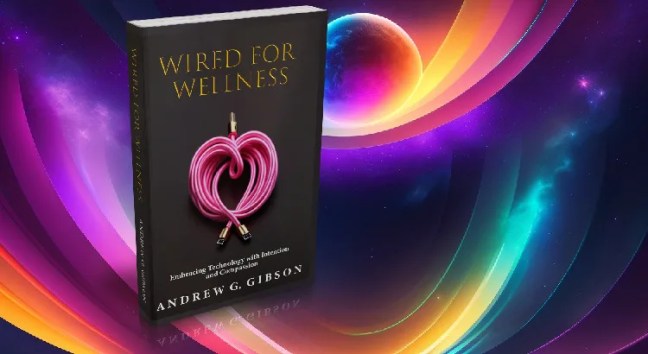What is Deep Aphantasia?
Deep aphantasia, commonly known as aphantasia, is a condition where individuals cannot visualize images in their mind’s eye. This lack of mental imagery means that people with aphantasia cannot create visual pictures of scenes, objects, or even familiar faces. The condition is not limited to visual imagery; it can also affect other sensory experiences, such as auditory and tactile imagination. For instance, individuals may not be able to “hear” a song or “feel” the texture of an object in their mind. Despite these challenges, many with aphantasia live full lives, often not realizing their unique cognitive trait until they encounter discussions about mental imagery.
The term “aphantasia” was introduced by Professor Adam Zeman and his colleagues in a groundbreaking 2015 study. This research brought much-needed attention to the phenomenon, which had been largely underrecognized. The study highlighted that aphantasia could vary in severity among individuals, with some experiencing limited or weak mental imagery rather than a complete absence. The exact causes of aphantasia are still being explored, with ongoing research investigating the neurological differences that might underlie this condition.
Prevalence and Perception of Aphantasia
It is estimated that aphantasia affects about 2% to 5% of the population. This relatively small percentage means that many people might not even be aware of the condition, let alone know they have it. Often, individuals only discover their aphantasia when they learn that others can visualize things vividly in their minds. This realization can be surprising and lead to a deeper understanding of their cognitive processes and how they interact with the world.
Interestingly, the absence of mental imagery does not necessarily hinder creativity or intelligence. Many individuals with aphantasia excel in creative fields and problem-solving, often developing unique approaches that do not rely on visualization. This challenges the common assumption that creativity is intrinsically tied to the ability to visualize. Instead, aphantasia highlights the diversity of human cognition and the many ways people can process information and express creativity.
Unexpected Benefits of Aphantasia
While aphantasia might initially seem like a limitation, it can offer surprising advantages. For instance, individuals with aphantasia often report reduced anxiety related to traumatic or disturbing images, as they cannot vividly recall these scenes later. This can provide a form of emotional resilience, lessening the impact of negative memories. Additionally, the absence of mental imagery can enhance focus on verbal and analytical skills, as these individuals may not be distracted by visual thoughts.
Moreover, aphantasia can lead to unique approaches to creativity. Many people with the condition excel in fields that use alternative forms of expression, such as language, music, or physical modeling. They often rely more on verbal descriptions or analytical methods to understand and communicate their ideas. This diversity in cognitive processing can lead to innovative problem-solving strategies and a broader understanding of creativity beyond visual imagination.
Living with Aphantasia: A Unique Perspective
Living with aphantasia offers a unique perspective on the world. It challenges the common notion that visual imagery is essential for creativity, memory, and learning. People with aphantasia often find efficient ways to process information, focusing on the core essence of what they are learning without getting caught up in visual details. This can be particularly beneficial in fields where precision and factual accuracy are crucial.
In conclusion, deep aphantasia provides a fascinating insight into the diversity of human cognition. It underscores that there is no single “right” way to think or be creative. For those with aphantasia, life is navigated without the mental imagery that many take for granted, but this does not diminish their ability to engage fully with the world. Instead, it highlights the rich tapestry of human experience and the myriad ways we can interact with our surroundings.



















